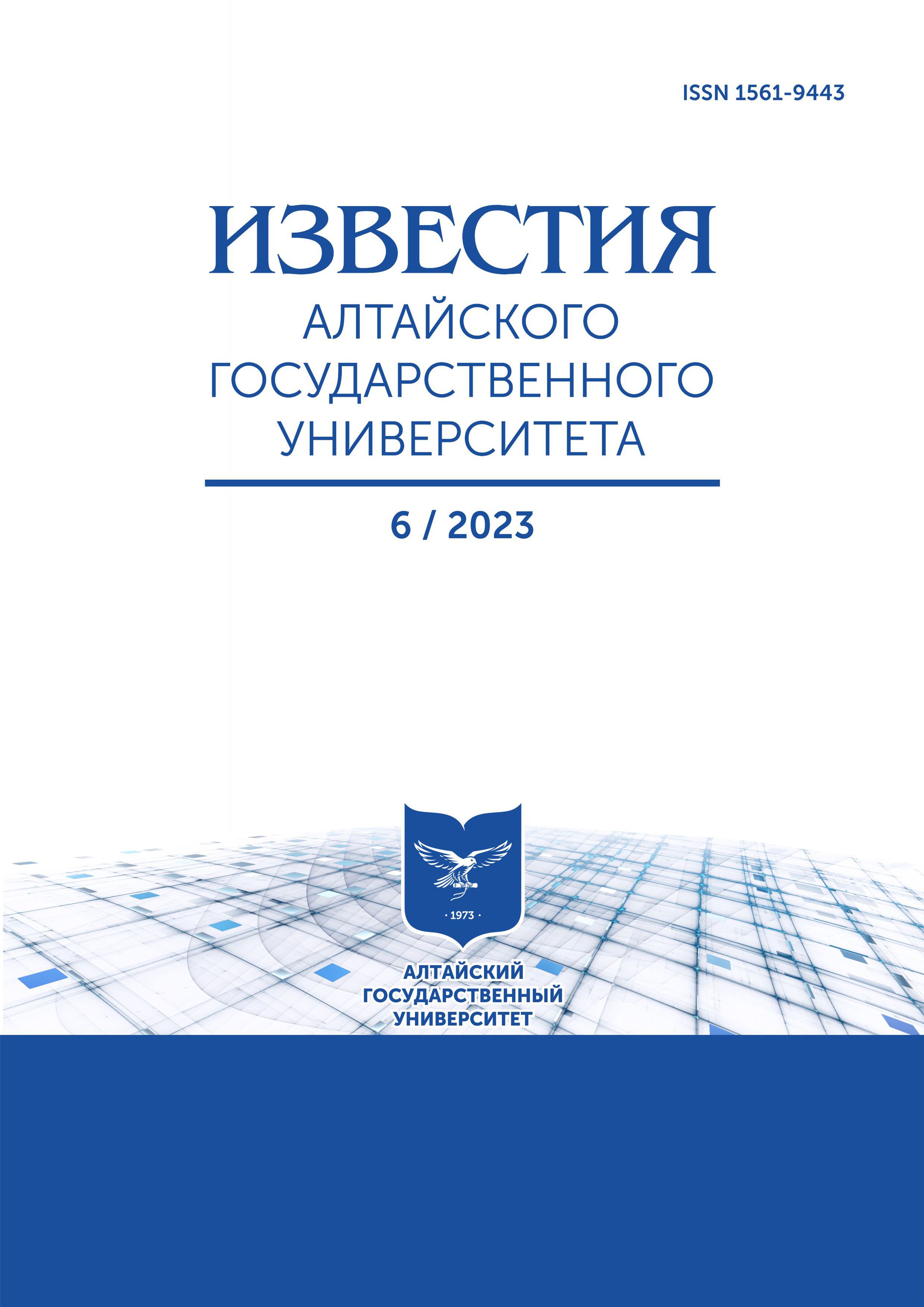Культ коня в повседневной и обрядовой жизни узбеков
УДК 39(575.1) ББК 63.521(=633)
Abstract
The horse cult is considered to be one of the most ancient cults, so the horse became one of the first symbols in the history of mankind. The article highlights the views related to the cult of the horse in the daily and ritual life of Uzbeks. On the basis of archaeological and written sources, the views and various symbols associated with the horse contained in the "Avesta", the sacred book of Zoroastrians are analyzed. Ancient Turks endowed the horse with divine power, considering it the smartest creature that was able to speak and fly. That is why the horse, which occupies an important place in the daily and economic life of the Turks, was elevated to the level of cult through sacralization.
At all times, the Turkic peoples revered the horse as a sacred creature, recognizing its important role in everyday and ritual life. Thanks to their natural qualities, especially their loyalty to man, horses continue to occupy a special place in the traditional culture of the Uzbek people. Turning to oral folk art, the author has scientifically studied mythological beliefs and toponyms that emerged as a result of the sacralization of the horse. At the same time, relying on ethnographic material, it is confirmed that the funeral rite “davra solish” (literally “dump in a circle”) is an ethnolocal tradition associated with the cult of the horse.
Downloads
Metrics
References
Ковалевская В.Б. Конь и всадник. М., 1972.
Аджигалиев С.И. Генезис традиционной погребально-культовой архитектуры Западного Казахстана. Алматы, 1994.
Толстов С.А. Древний Хорезм. М., 1948.
Авесто. Тарихий-адабий ёдгорлик / Аск;ар Маркам таржимаси. Тошкент, 2001.
Osman Turan. Turk cinon hakimyte mefkuresi tarihi. Gild.1, 6 bosk. Istambul. 1993.
Книга моего деда Коркута / пер. В.В. Бартольда. М.; Л., 1962.
Мирзаев Т. Алпомиш достонининг узбек вари-антлари. Тошкент, 1968.
Рахмонов Н.А. Урхун-Енисей ёдномалари ва туркий эпослар. Тошкент, 1991.
Афзалов М. И. Ўзбек эртаклари ҳақида. Тошкент, 1964.
Узбек халк достонлари. II том. Тошкент, 1957.
Орлов А. С. Казахский героический эпос. М.; Л., 1945.
Токтабай Ахмет. Конный мир казахов. Алматы, 2022.
Кабус-Намэ / перевод, статья и примечания Е.Э. Бертельса. М., 1953.
Навруз-наме / Омар Хайям; [вступ. ст. А. Самада]. Ташкент, 1990.
Шаниязов К. К этнической истории узбекского народа. Ташкент, 1974.
Azizov А. A. Cult of the Horse among the Uzbek People of the Fergana Valley // Researh Result. Social Studies and Humanities. Т. 5, Vol. 3, 2019.
Хасанов Х. Урта Осиё жой номлари тарихидан. — Тошкент, 1965.
Климович Л. И. Ислам. М., 1962.
Историко-археологические очерки Центрального Тянь-Шаня и Памиро-Алая. М. ; Л., 1952.
Copyright (c) 2023 Адхамжон Азимбаевич Аширов

This work is licensed under a Creative Commons Attribution 4.0 International License.
Izvestiya of Altai State University is a golden publisher, as we allow self-archiving, but most importantly we are fully transparent about your rights.
Authors may present and discuss their findings ahead of publication: at biological or scientific conferences, on preprint servers, in public databases, and in blogs, wikis, tweets, and other informal communication channels.
Izvestiya of Altai State University allows authors to deposit manuscripts (currently under review or those for intended submission to Izvestiya of Altai State University) in non-commercial, pre-print servers such as ArXiv.
Authors who publish with this journal agree to the following terms:
- Authors retain copyright and grant the journal right of first publication with the work simultaneously licensed under a Creative Commons Attribution License (CC BY 4.0) that allows others to share the work with an acknowledgement of the work's authorship and initial publication in this journal.
- Authors are able to enter into separate, additional contractual arrangements for the non-exclusive distribution of the journal's published version of the work (e.g., post it to an institutional repository or publish it in a book), with an acknowledgement of its initial publication in this journal.
- Authors are permitted and encouraged to post their work online (e.g., in institutional repositories or on their website) prior to and during the submission process, as it can lead to productive exchanges, as well as earlier and greater citation of published work (See The Effect of Open Access).








